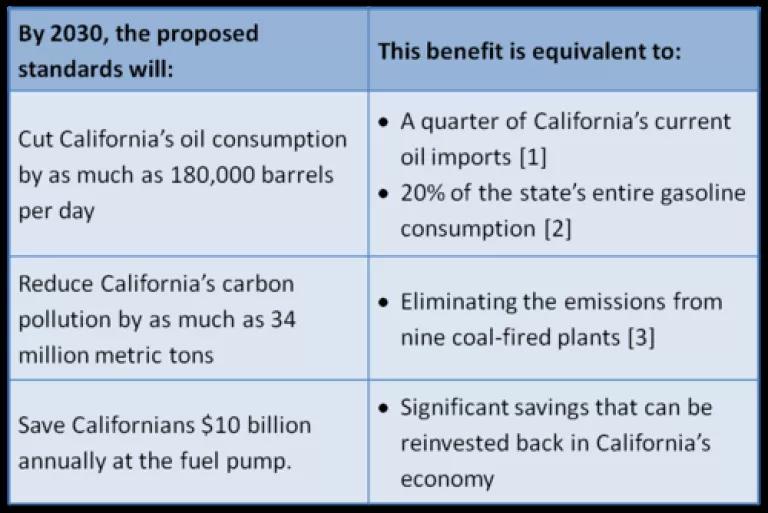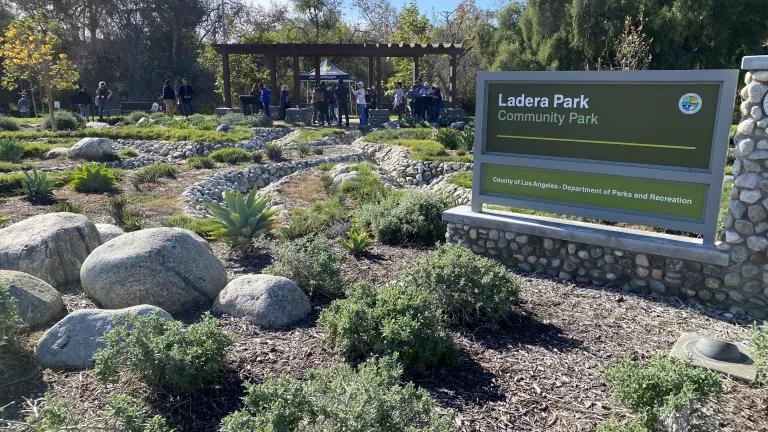
Today the President announced a historic agreement to increase fuel economy and carbon pollution standards for new cars and trucks, achieving the equivalent of 54.5 miles per gallon (mpg) and 163 grams per mile of CO2 by 2025. In the midst of Congressional gridlock on the debt ceiling, the Administration was able to reach agreement and was joined today by thirteen major automakers, the State of California, EPA, the National Highway Traffic Safety Administration (NHTSA) and the United Auto Workers (UAW). The improved standards translate to over 40% reductions in fuel consumption and nearly 50% reductions in carbon pollution by model year 2025 compared to today’s vehicles. As my colleagues Roland Hwang and Luke Tonachel wrote yesterday, we estimate that the new standards could save U.S. consumers over $80 billion annually by 2030.
California’s leadership has for many decades been a model for the nation in terms of air pollution and vehicle standards (see David Doniger’s blog). The participation by the California Air Resources Board and their support of the process has helped ensure strong standards that benefit the nation, while also ensuring California’s unique needs in terms of air quality and climate protection are addressed. While the specific details of the proposal are still continuing to be released, our initial estimates show that the standards are expected to result in significant benefits to all Californians. The table below shows the benefits:
Nationally, the standard has the potential by 2021 to produce up to 150,000 new auto jobs, based on our joint analysis with the United Auto Workers (UAW). Strong standards will also continue California’s emergence as a growing leader in merging Silicon Valley-style innovation with the clean cars industry. These include a number of companies and faciliites in California developing advanced vehicle technologies, components, fueling infrastructure, and IT services and software.
Californians have shown considerable support for these standards. According to a study by the Public Policy Institute of California, polling results released yesterday show that 81% of Californians support requiring all automakers to further reduce greenhouse gas emissions from vehicles and 84% favor requiring automakers to improve fuel efficiency significantly, as do large majorities across party lines.
Going forward, we will continue to work to ensure that the detailed proposal, expected to be formally released on September 28th, result in robust rules, recognizes California’s leadership role and needs, and avoids large compliance loopholes that would reduce the benefits of the program.
In seemingly uncompromising times, we now have at least one bright light showing that consensus can be reached to the benefit of everyone. And that’s one road-less-traveled that I look forward to seeing the nation and California drive down.
[1] California Energy Commission estimates of 2010 crude oil imports.
[2] California Board of Equalization, http://www.boe.ca.gov/sptaxprog/spftrpts.htm
[3] Assumes that each coal fired plant emits about 3.9 MMT CO2 annually.




